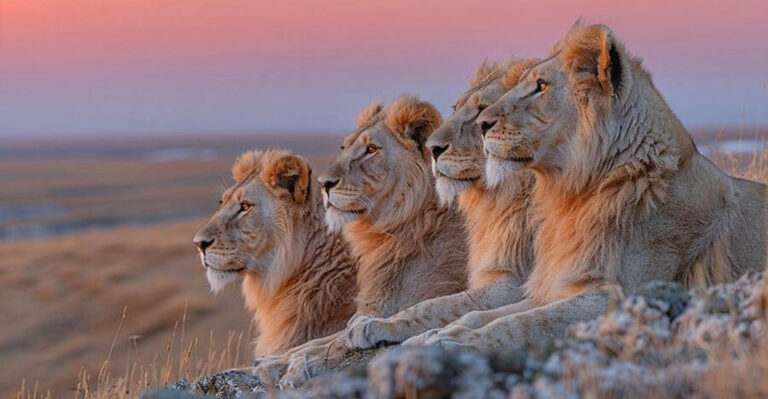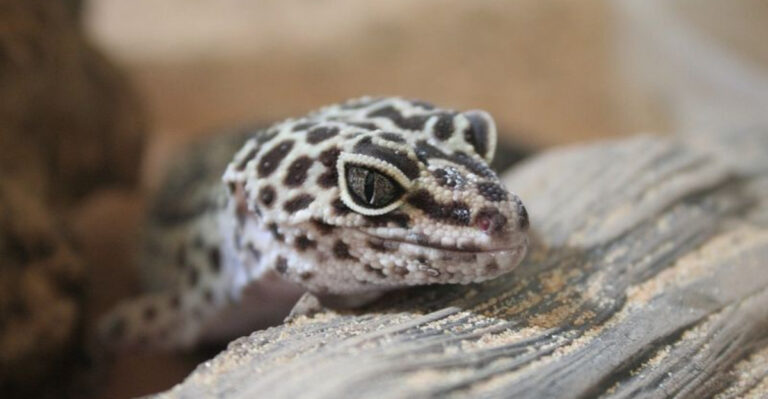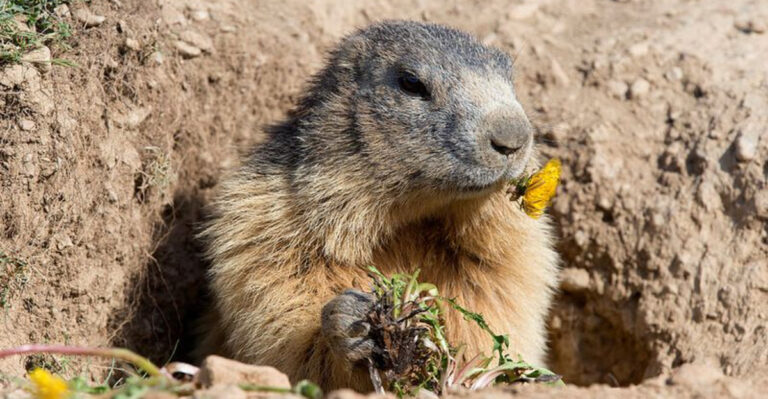Have You Ever Heard Of Barbary Sheep?
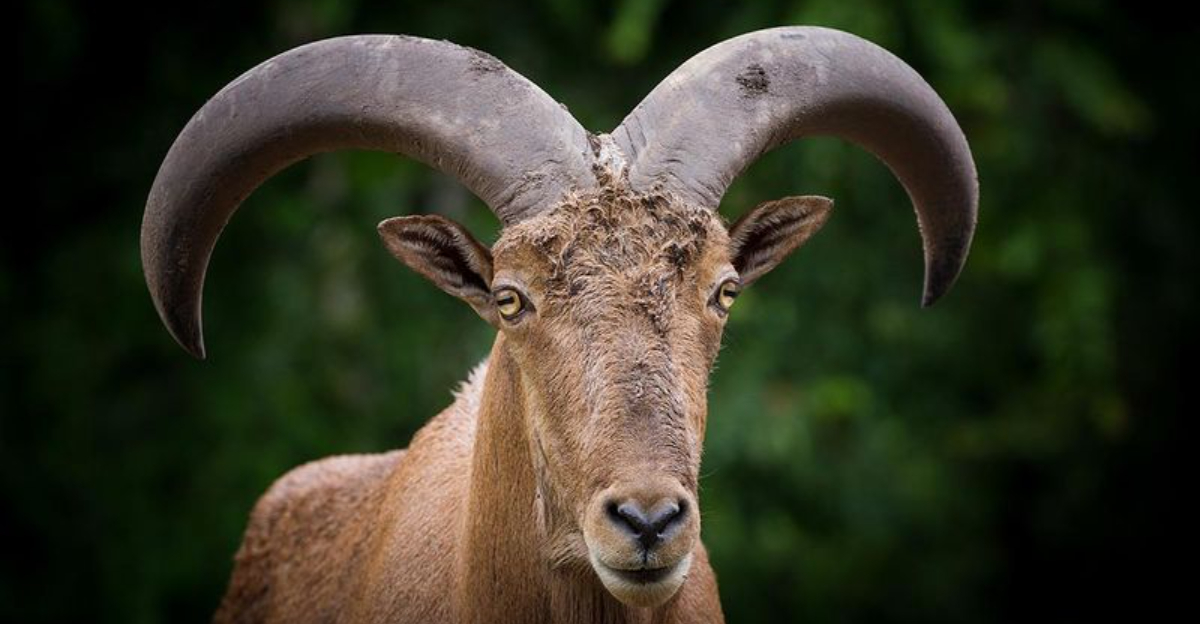
Hidden in the rugged mountains of North Africa lives a remarkable creature known as the Barbary sheep.
These fascinating animals have adapted to some of the harshest environments on Earth, sporting impressive curved horns and thick neck manes. Though not widely known outside their native range, these resilient creatures have quite a story to tell.
1. Also Known As Aoudad
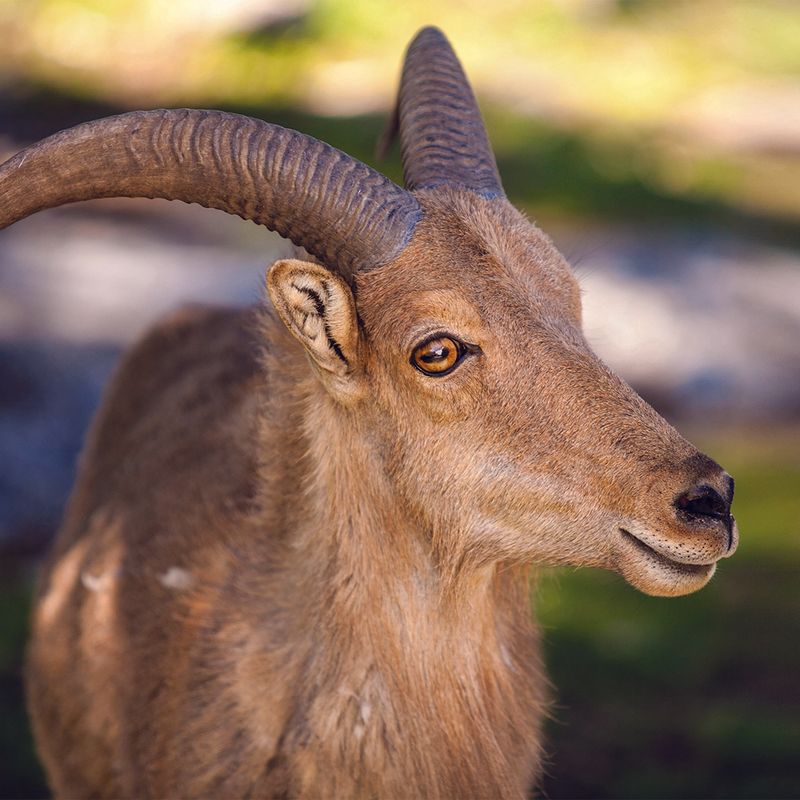
Many locals refer to these magnificent creatures by their Arabic name “Aoudad,” meaning wild sheep.
This traditional name has been used for centuries by indigenous North African peoples who encountered these animals in their native mountain habitats. Their scientific name, Ammotragus lervia, comes from Greek words meaning “sand goat.”
2. Native To North Africa
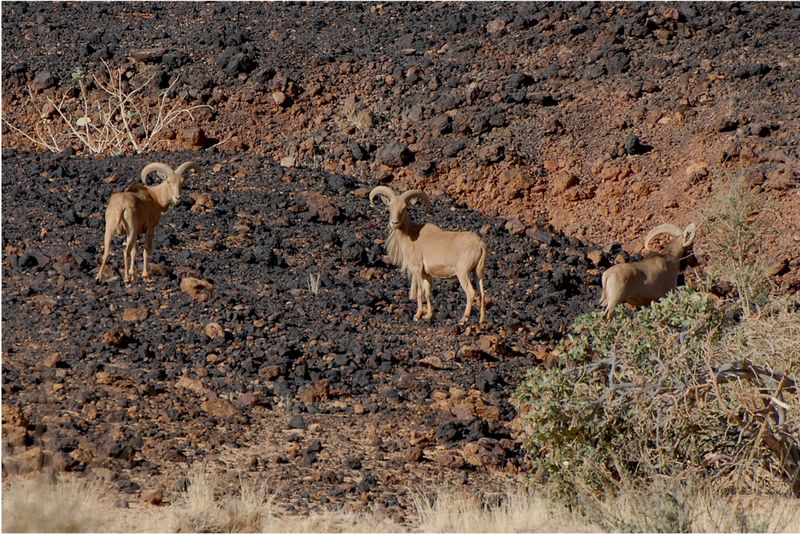
These remarkable creatures roam the Atlas Mountains stretching across Morocco, Algeria, Tunisia, Libya, and parts of Egypt.
Their natural habitat consists of steep, rocky slopes where few predators can follow. For thousands of years, they’ve thrived in these remote regions, perfectly adapted to the challenging terrain that has shaped their evolution.
3. Adaptable To Harsh Environments
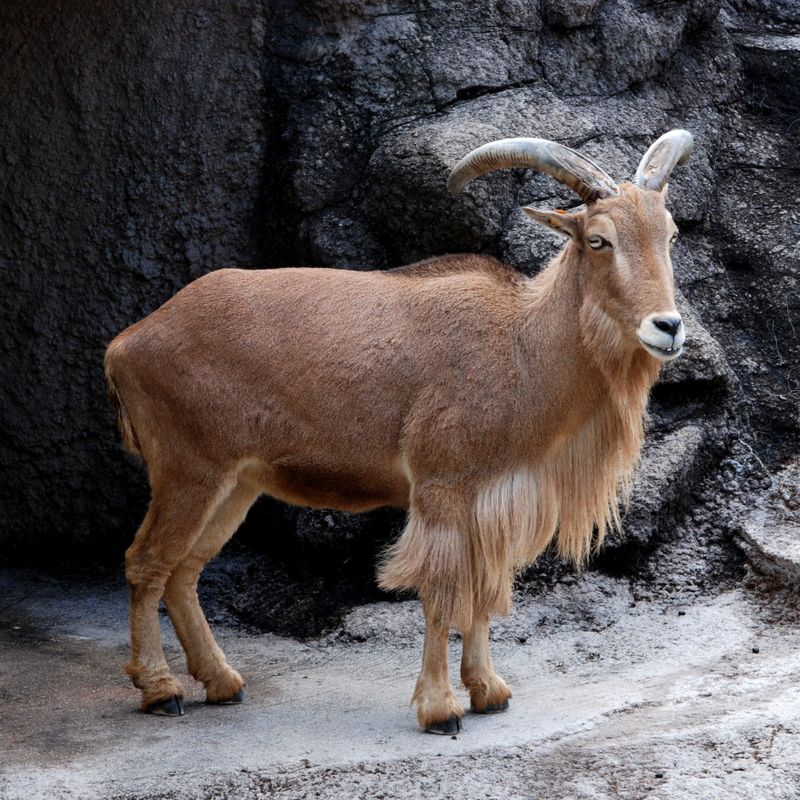
Surviving where few mammals dare, Barbary sheep can go weeks without drinking water!
They extract moisture from the plants they consume, making them perfectly suited for arid climates. Their specialized kidneys conserve water exceptionally well, while their thick coat protects against both scorching days and freezing mountain nights.
4. Distinctive Appearance
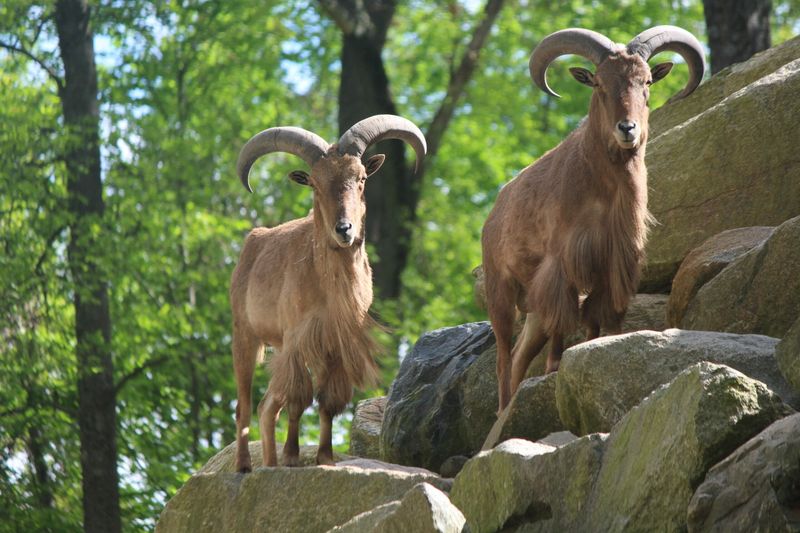
No other wild sheep sports such an impressive combination of features. Their shaggy chest mane cascades down like a majestic beard, growing longer with age.
Their sandy-brown coloration provides perfect camouflage against rocky backgrounds. Both males and females develop those magnificent curved horns, though males’ grow substantially larger and more impressive.
5. Size
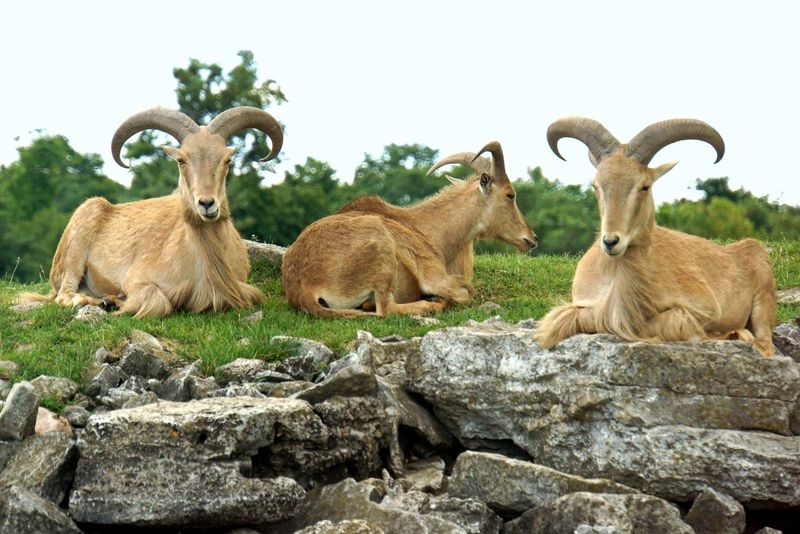
Males stand impressively tall at the shoulder—nearly reaching a child’s height!
Their robust build helps them navigate treacherous terrain with confidence. Females, though smaller, still outweigh many other wild sheep species. The size difference between genders is pronounced, with males often weighing nearly twice as much as their female counterparts.
6. Herbivorous Diet
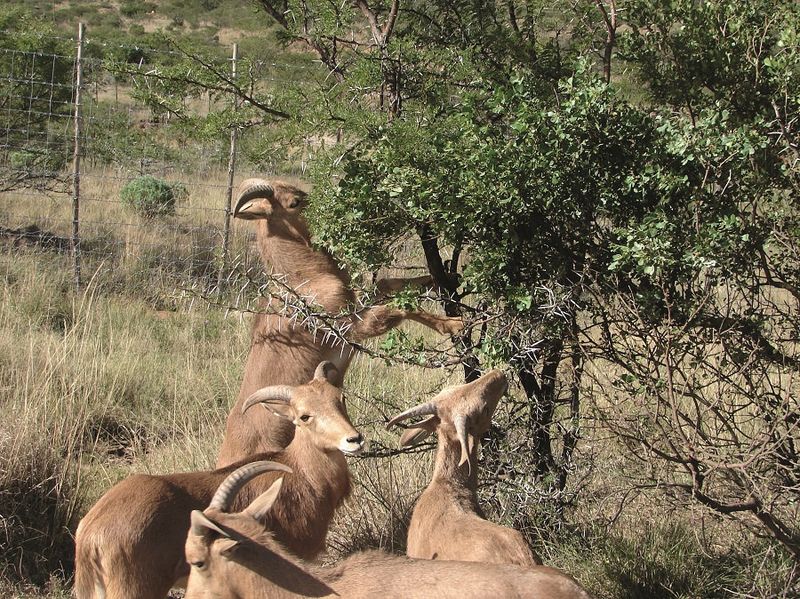
Morning and evening grazing sessions fill their menu with desert grasses, shrubs and even cacti!
These resourceful eaters will consume nearly any plant material available, including bitter or thorny vegetation other animals avoid. Their specialized digestive system extracts maximum nutrition from even the poorest quality plant matter found in their harsh habitat.
7. Social Animals
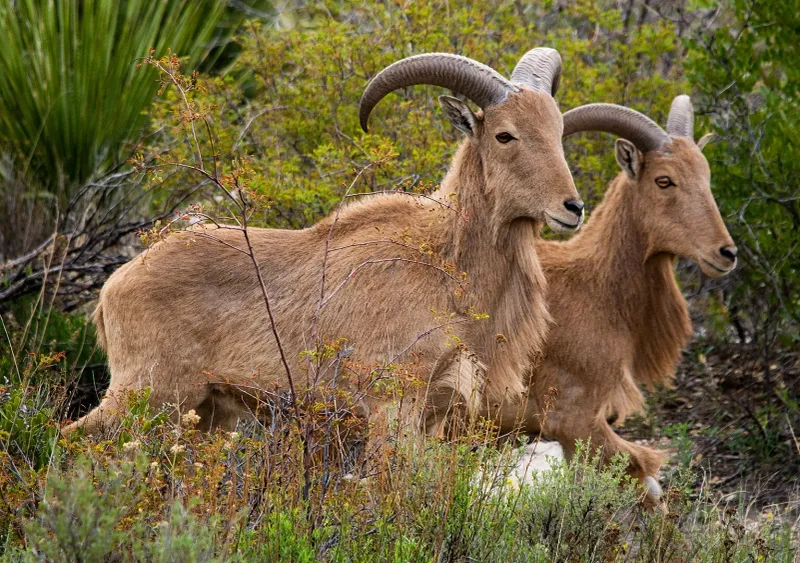
Family bonds run deep in Barbary sheep society. Young lambs frolic together while watchful mothers keep guard.
Their herd structure follows seasonal patterns—forming larger groups during breeding season and smaller family units other times. Adult males sometimes live solitary lives until mating season arrives, when they’ll challenge each other for access to females.
8. Territorial Behavior
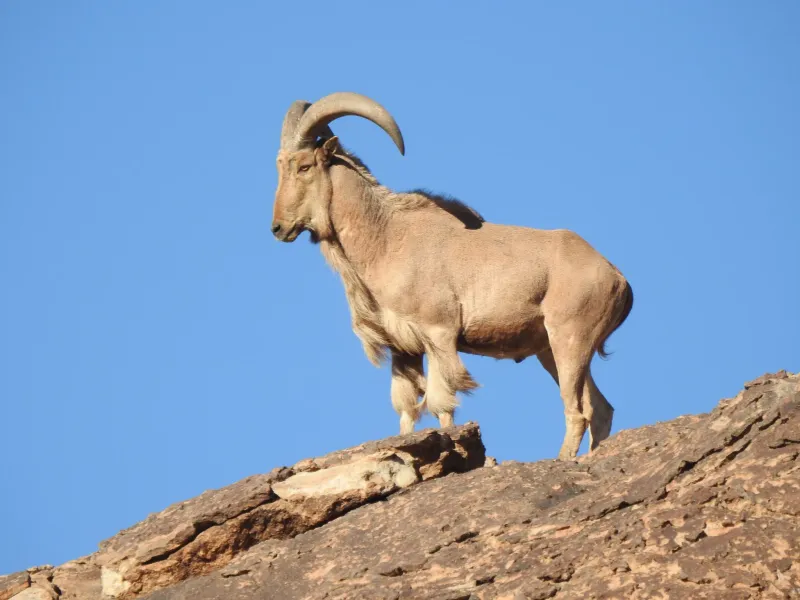
Dominance displays among males are spectacular natural dramas! Rearing up on hind legs, they crash down with tremendous force.
These battles aren’t just for show—the thunderous impact of their horns can be heard echoing across mountain valleys. Victory means prime mating opportunities and the chance to pass genes to the next generation of Barbary sheep.
9. Incredible Agility
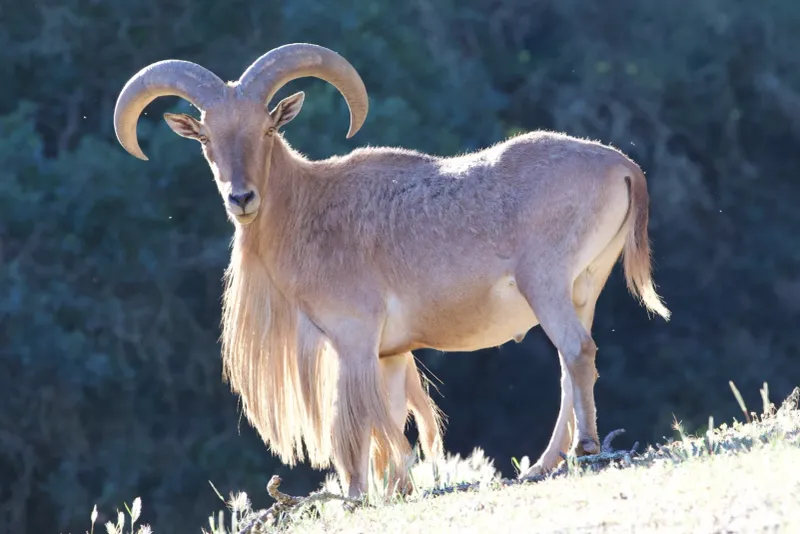
Watching these 300-pound animals leap across narrow mountain ledges defies belief! Their specialized hooves have soft centers surrounded by hard rims—nature’s perfect climbing shoes.
Young lambs develop this remarkable agility within days of birth, following mothers across seemingly impossible terrain. Their balance and coordination would make Olympic gymnasts jealous.
10. Introduction To North America
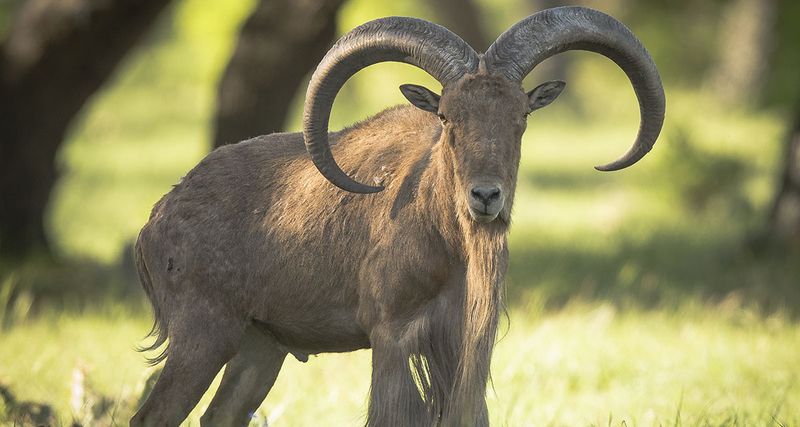
Back in the 1950s, hunting enthusiasts released small populations in southwestern states. The sheep found Texas and New Mexico landscapes surprisingly similar to their African homeland.
Without natural predators, their numbers flourished beyond expectations. Today, some conservation experts worry about their impact on native species, creating a complex management challenge.
11. Declining Population In The Wild
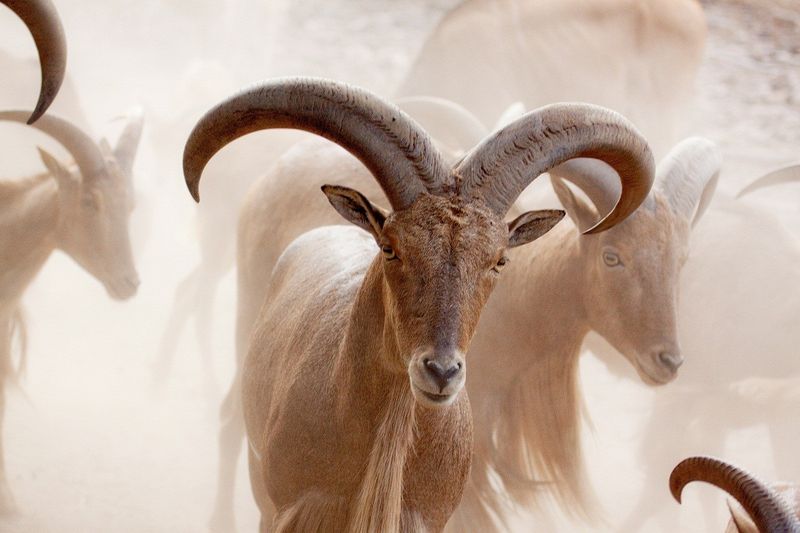
Habitat loss threatens their ancestral mountain strongholds across North Africa. Unregulated hunting has devastated once-thriving populations.
Climate change intensifies these challenges, making already harsh environments even more difficult to survive. Conservation organizations now work with local communities to establish protected areas where these magnificent animals can recover.
12. Reproductive Cycle
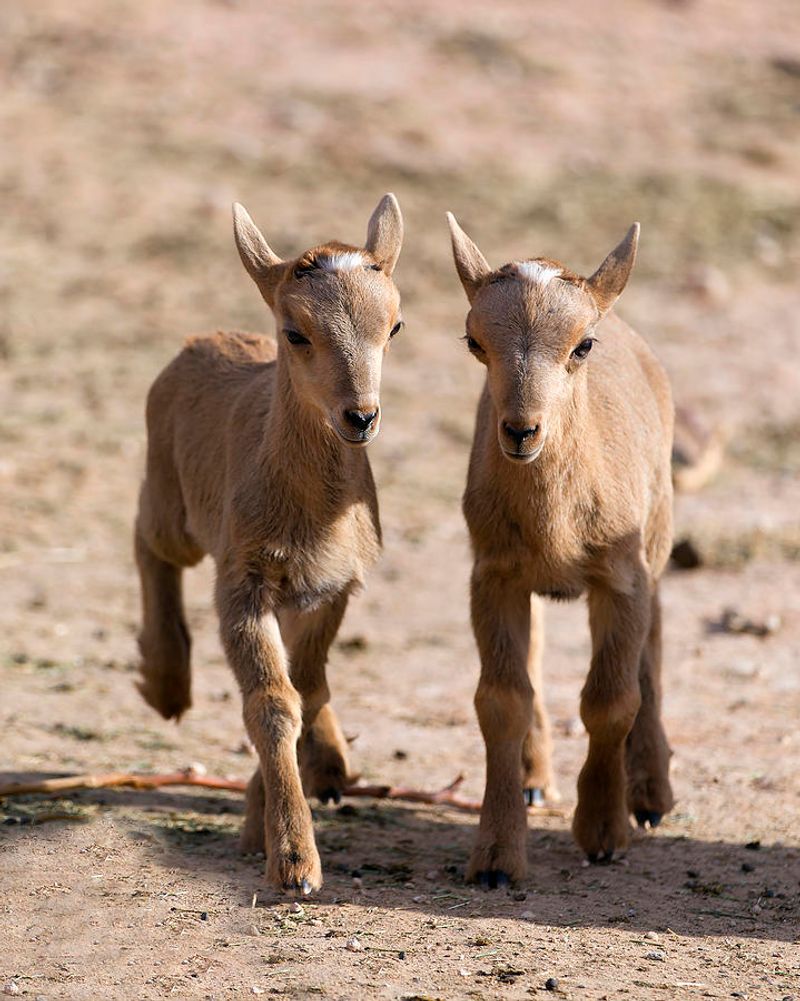
Female Barbary sheep carry their young through winter months, timing births perfectly for spring vegetation.
Newborn lambs arrive with eyes open and fully furred—ready to follow mom within hours! Twins occasionally occur, though single births are more common. Mothers fiercely protect their young, standing between them and any perceived threat.
13. Conservation Efforts
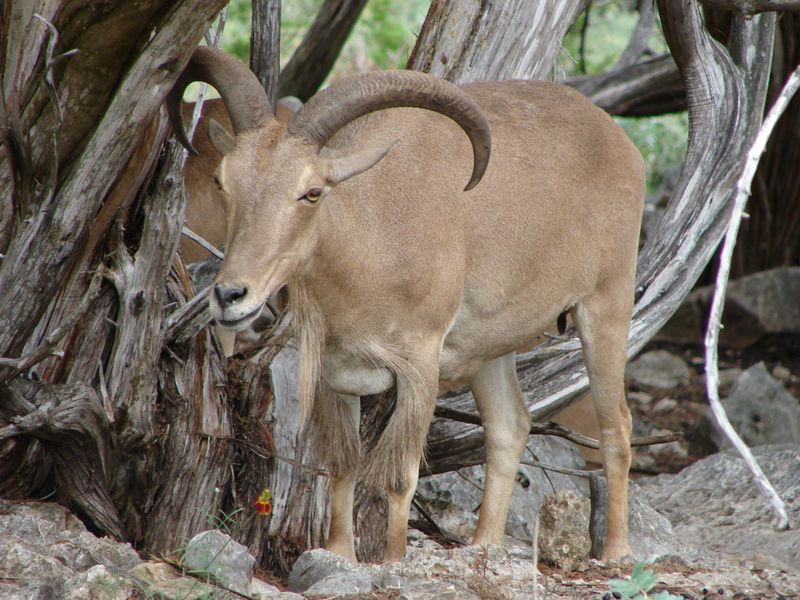
Modern tracking technology helps researchers monitor wild populations without disturbing natural behaviors. Protected reserves in Morocco and Tunisia offer safe havens where these animals can thrive.
Conservation education programs teach local communities about the ecological importance of preserving these unique creatures. Some initiatives even explore sustainable eco-tourism as an alternative to hunting.
14. Cultural Significance
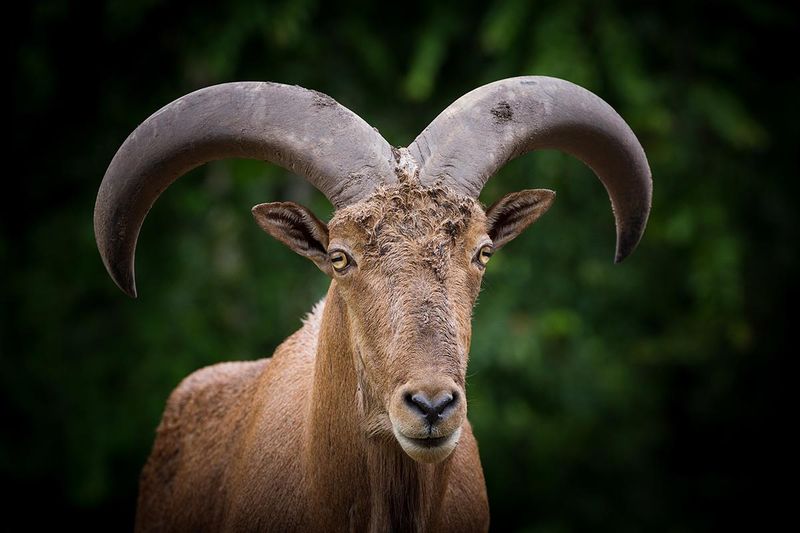
Ancient rock art throughout North Africa depicts these majestic creatures alongside human hunters. Traditional stories celebrate their cunning and resilience as symbols of survival against overwhelming odds.
Local craftspeople incorporate their distinctive curved horn motifs into decorative art. Their image appears in everything from traditional pottery to modern North African tourism logos.

